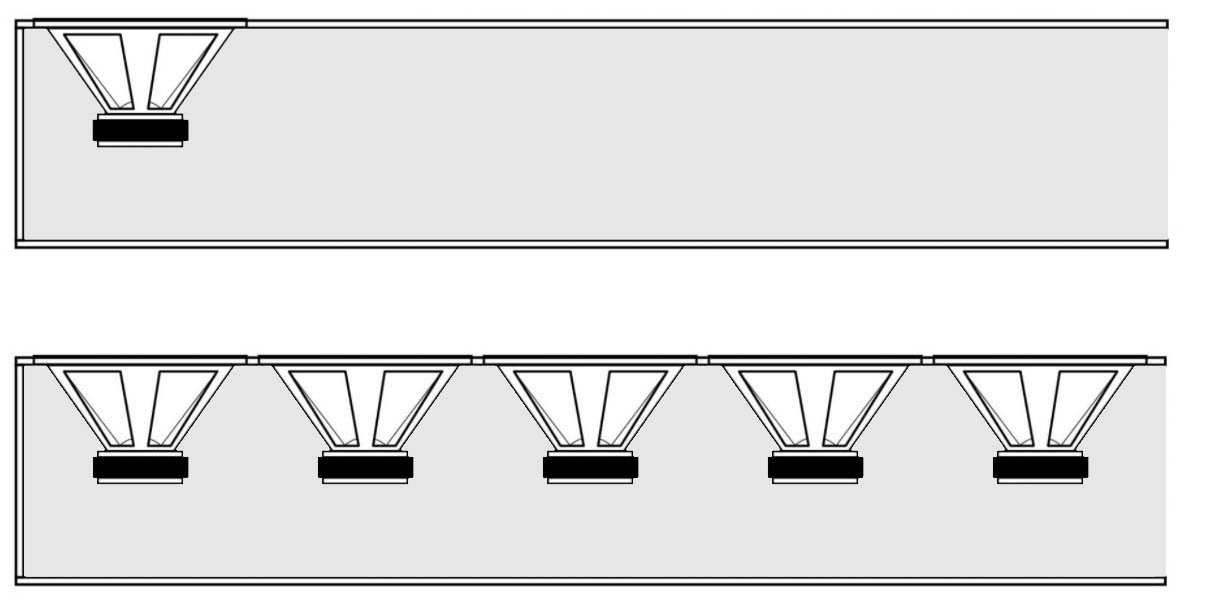@planet10
That was one of the thing we noticed in our architectural-engineering practice as we moved from manual drafting to CAD. The tendency was for the work to take on a misleading lowest common denominator "sameness" -- from drafter to drafter and from office to office too. Everything became "AutoCAD" not "ours".
Well that's how it seemed to us old guys anyway.
That was one of the thing we noticed in our architectural-engineering practice as we moved from manual drafting to CAD. The tendency was for the work to take on a misleading lowest common denominator "sameness" -- from drafter to drafter and from office to office too. Everything became "AutoCAD" not "ours".
Well that's how it seemed to us old guys anyway.
Mimicking is the highest form of flattery
I actually like to work with fantasy a lot. I see that I'm not the only one...
I looked closer, they are close but different.
dave
this particular one was drawn directly into the LTspice GUI
@scott
... which is why the accusation of theft was fundamentally problematic. The justifications would have had to have been in the fine details.
Of course if a particular drawing of a driver didn't actually look like a driver then it mightn't look like any other drawing of a driver. But then at some point your illustrations might start to depend heavily on annotation. A thousand words might not need the picture at all. ;-)
... which is why the accusation of theft was fundamentally problematic. The justifications would have had to have been in the fine details.
Of course if a particular drawing of a driver didn't actually look like a driver then it mightn't look like any other drawing of a driver. But then at some point your illustrations might start to depend heavily on annotation. A thousand words might not need the picture at all. ;-)
I did not want to imply theft, i am happy to see many reusing my work.
dave
I don't doubt it at all and I don't feel offended, I just wanted to clarify.
Where can I find your work?
Depends what you mean by 'work'. At frequencies where the centre-to-centre distance between the outer two drivers is less than 1/3 (or more stringently 1/4) wavelength they should in essence act as a single source, both in terms of direct output and also what the line 'sees', the nominal centre of excitation being the centre-point of the driver array. In practice, you may have some disruption of the longitudinal eigenmode caused by the driver motor assemblies, baskets etc. -degree depending on circumstance. Above that, it's going to be more variable.
End (throat) loading a QW line provides maximum excitation of the fundamental and all relevant harmonics; as you shift the driver along the line the former is weakened to an extent, the latter more or less significantly depending on the tap location. Where the array length is significant relative to the physical pipe length, you may get some evening out of the excitation of the harmonic modes, but this is, as noted, circumstance dependent. For a mass-loaded / vented pipe where this applies, there is usually still some of the fundamental present (no surprise there) -usually insufficient to be of much value in alignment terms, though exceptions exist, with cavity resonance largely dominating. With a fully open pipe as drawn, I'd expect more of the fundamental eigenmode to remain present, though I haven't measured such a pipe & I'm going more from what you find in induction / exhaust design.
End (throat) loading a QW line provides maximum excitation of the fundamental and all relevant harmonics; as you shift the driver along the line the former is weakened to an extent, the latter more or less significantly depending on the tap location. Where the array length is significant relative to the physical pipe length, you may get some evening out of the excitation of the harmonic modes, but this is, as noted, circumstance dependent. For a mass-loaded / vented pipe where this applies, there is usually still some of the fundamental present (no surprise there) -usually insufficient to be of much value in alignment terms, though exceptions exist, with cavity resonance largely dominating. With a fully open pipe as drawn, I'd expect more of the fundamental eigenmode to remain present, though I haven't measured such a pipe & I'm going more from what you find in induction / exhaust design.
Last edited:
Some of the more modern ways to look at loudspeaker enclosure theory do not distinguish between closed / bass reflex / transmission line / horn anymore, at least not in the way they did back in the last millennium.
Yes, it's a tragedy that when designing a quality vented box, a higher percentage of designers now take the trouble to analyse in advance what eigenmodes may be present, so they can be addressed, or even exploited, in the most efficient manner possible. What a terrible step backwards that has been.
As a note of purely historical fact, Harry Olson actually invented the MLTL / MLQW in the 1940s.
As a note of purely historical fact, Harry Olson actually invented the MLTL / MLQW in the 1940s.
- Home
- Loudspeakers
- Multi-Way
- Questions about transmission line speakers.

